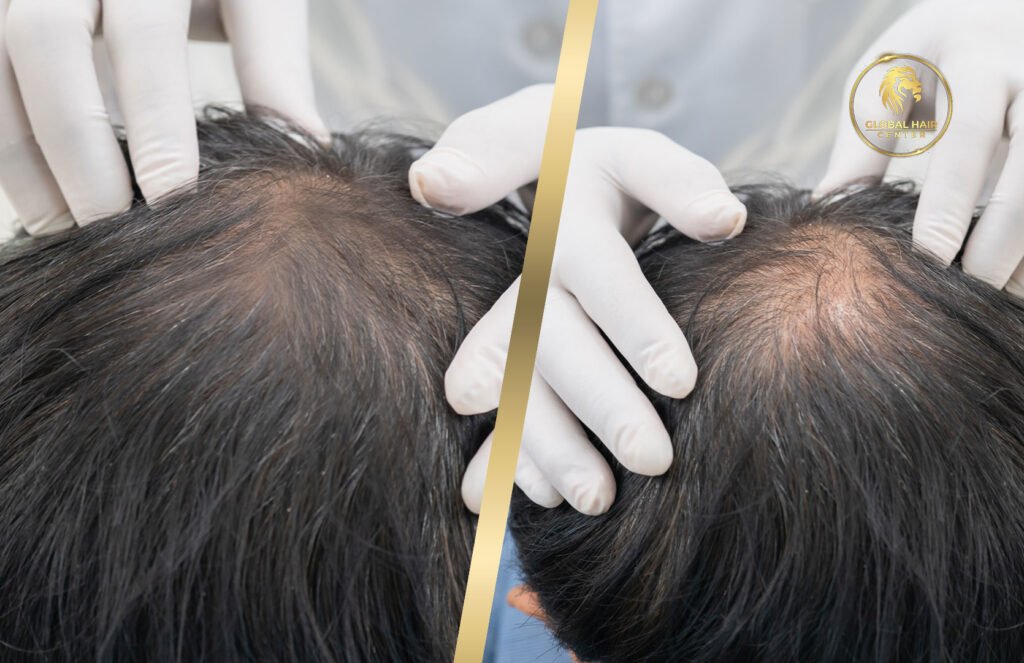Hair Transplant with FUE Vs. DHI
- January 15, 2025
- By Admin
- 354
- Beard Hair Transplant, Botox, Clinical Research, DHT, Eyebrow Hair Transplant, Female Hair Transplant, Follicular Hair Transplantation, FUE Hair Transplant, Hair Care, Hair Loss, Hair Transplant In Dubai, Healthier Hair, mustache hair transplant, Robotic Hair Transplant, Transplant, women eyebrow transplant

Secrets to Getting Thicker Hair
Everyone wants thicker, fuller hair. But with so many tips online, it’s hard to know what really works. Many people chase quick fixes,
and what it needs, you can make smart changes that last. For example, eating better can boost hair health. Also, massaging your scalp increases blood flow,
helping your hair grow thicker over time. And the best part? Most of these methods are easy to follow and don’t require expensive treatments.
You just need consistency and the right habits. Many people give up too early, but results take time. However,
if you stick with it, your hair will grow thicker and stronger.
Moreover, using the right products makes a huge difference. Some shampoos strip away natural oils, making hair thin and dry. Others, made with gentle ingredients, protect and nourish every strand. On top of that, avoiding heat and harsh styling tools keeps your hair safe.
So it’s not just about what you put on your head, but how you treat your body overall. Don’t wait for hair loss to get worse. Start early, and your efforts will pay off.
Consistent care, simple habits, and the right choices can bring real results. Still not sure where to begin? Don’t worry — the tips below will show you exactly what to do. They’re simple, proven, and easy to follow.
Eat Hair-Healthy Foods Daily
Food fuels everything — even your hair. Choose meals rich in protein, iron, and vitamins like biotin and zinc. These nutrients feed your roots and make your hair stronger. Eggs, nuts, spinach, and berries are great choices. Also, drink more water. Hair gets dry when you’re dehydrated. Small daily changes in your meals can bring long-term benefits for your hair.
Massage Your Scalp Often
Pick Gentle Hair Products
Many shampoos are too harsh. They strip away oils your hair needs. Choose sulfate-free and paraben-free products. Look for ones with natural ingredients. These protect your scalp and add moisture. Over time, gentle products help your hair stay full, soft, and thick.
Avoid Heat and Tight Styles
Manage Stress and Sleep Better
Stress stops hair from growing. Lack of sleep does too. Try to relax each day, even for ten minutes. Get 7–8 hours of sleep every night. Your body repairs hair while you rest. So better sleep means better hair.
Stay Consistent for Results
Related Blogs

- August 4, 2025
Top 5 Hair Transplant Clinics in.
Dubai is a global destination for world-class aesthetics, luxury healthcare, and cutting-edge cosmetic procedures, and hair transplantation is no exception..
Read More
- September 20, 2025
Hair Transplant in Dubai: Why It’s.
When it comes to restoring confidence and achieving natural results, hair transplant in Dubai has become the top choice for.
Read More
